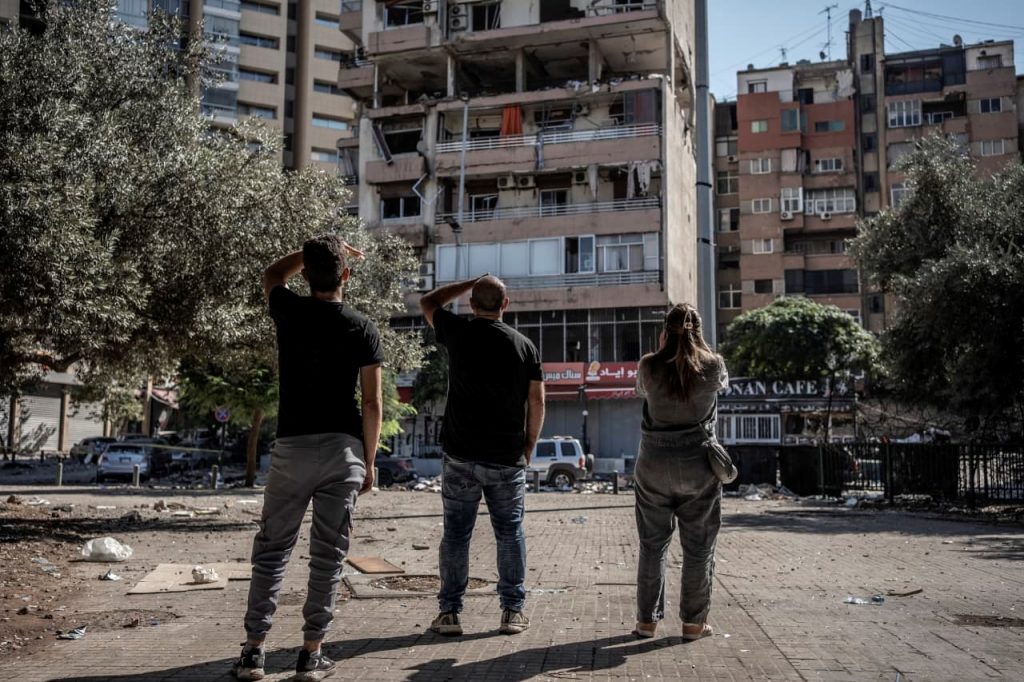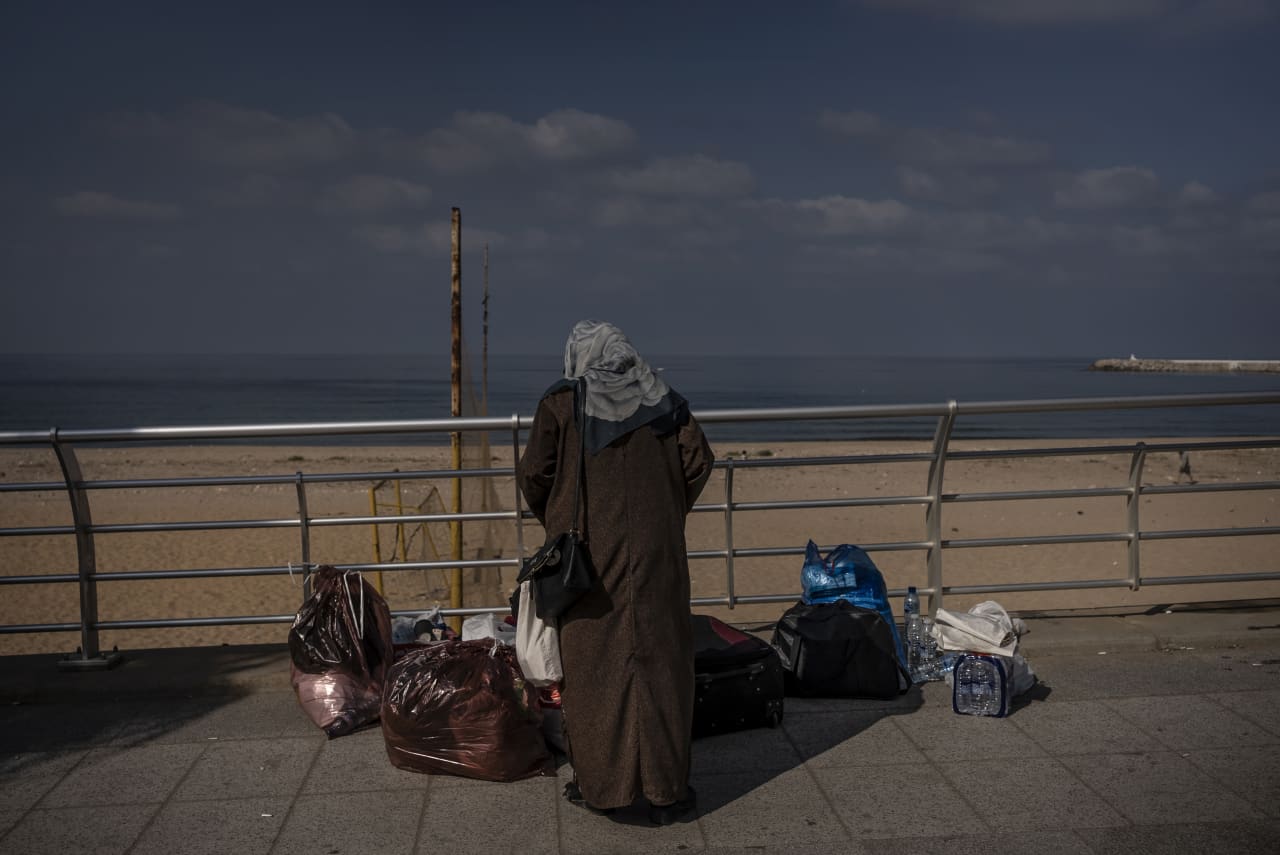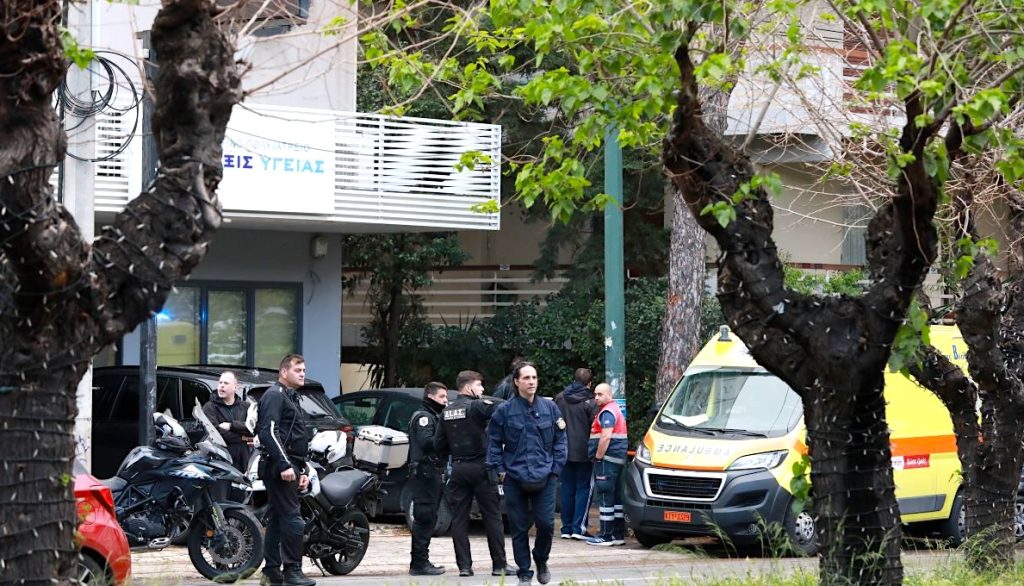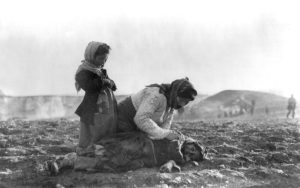BEIRUT—Israel launched a ground operation in Lebanon, sharply escalating its offensive against the militant group Hezbollah days after killing its top leader in an airstrike in Beirut and heightening concerns of a wider war.
Israel said Tuesday morning that it launched a limited operation in a number of villages in southern Lebanon near the border to attack Hezbollah targets and infrastructure. Those targets “pose an immediate and real threat to Israeli settlements on the northern border,” the military said .
The ground operation follows weeks of Israeli intelligence operations, targeted killings and heavy bombing aimed at degrading Hezbollah’s command structure, armaments and supply lines. Israel says the campaign is focused at ending nearly a year of rocket, drone and missile attacks by the Lebanese militia.
Around 60,000 Israelis living in northern Israel have been displaced from their homes near Lebanon for nearly a year due to the fighting, and the government is under heavy pressure to return them to their homes.
Israeli officials say those citizens won’t feel safe returning home without sufficient protection from the type of attack led by Hamas in southern Israel on Oct. 7, which sparked the current war in Gaza.
The move puts Israeli troops on Hezbollah’s ground, where the militants have fought Israel to a standstill twice in the past quarter-century. It also escalates fighting that officials in Washington and the Arab world fear could spiral into a broader war that could further draw the U.S. and Iran into the conflict.
The military operation also heaps new stresses on Lebanon, a country in turmoil after hundreds of thousands of people fled their homes following recent Israeli bombing. Israeli attacks have killed more than a thousand people in the country in recent weeks, according to the Lebanese health ministry.
Any intensification of the war in Lebanon would push the country deeper into crisis. The country is in the grip of an economic implosion that pushed it to the brink of failed state status and left it with few resources to cope with the humanitarian fallout of the current war.
The U.S. has urged Israel to seek a diplomatic solution and keep a ground operation limited. It wasn’t immediately clear how long Israel would aim to hold territory, or whether an incursion would be more like a series of larger raids.
The Biden administration is worried about Iranian retaliation. Officials in Washington are in touch with their Israeli counterparts to prepare a defense against such an attack, which some in the administration suggest could be similar to Tehran’s April barrage of missile and drone strikes that the U.S., Israel and regional partners repelled.
The Pentagon said Sunday it would keep the USS Abraham Lincoln carrier strike group and its accompanying ships near the Red Sea. The Lincoln had been expected to leave when the USS Harry S. Truman carrier strike group arrived. The Truman will now be operating near the Mediterranean Sea. It is unusual for the U.S. to keep two carriers in the region.
This incursion in Lebanon represents a third battle front for Israel, which still has troops in the Gaza Strip, where the fight against Hamas continues, and in the West Bank, which has been roiled by Israeli settler violence and militant attacks in recent months.
Israel had been building up its forces in the north with the shift in focus to the fight with Hezbollah and now has more on that front than anywhere else in the country.
Israel killed Hezbollah’s top leader, Hassan Nasrallah , in an airstrike in Beirut on Friday, a week after killing much of the group’s military leadership and following a bombing campaign that hit more than 2,000 sites across the small country.
Israel for months has engaged in a war that plays to its superiority over Hezbollah, including air power, intelligence and surveillance. Now it enters a new phase of the conflict that could be more difficult for the Israeli military.
If Israel chooses to seize and hold Lebanese territory, it risks repeating history. Israel ended an 18-year occupation of southern Lebanon in 2000 following years of attacks by Hezbollah, which was founded in response to the 1982 Israeli invasion of Lebanon targeting the Palestine Liberation Organization. Israel’s monthlong war with Hezbollah in 2006 bordered on military disaster when Hezbollah disabled invading Israeli tanks and killed more than 121 Israeli soldiers.
In the first remarks from a senior Hezbollah official since Nasrallah was killed last week in a massive Israeli airstrike on Beirut’s southern suburbs, the group’s deputy secretary-general said the killing of him and other top military commanders hadn’t undermined the militants’ ability to fight.
“We are ready for ground engagement with the enemy if they decide to enter,” Naim Qassem said in televised remarks earlier in the day Monday.
Much of the fighting is expected to take place along the Israeli-Lebanese border, though there is concern in Washington that the war could expand geographically and last longer than a short-term campaign.
Hezbollah appears so weakened by Israeli operations—including the strike that killed Nasrallah—that Israel’s dilemma would actually be how far it should go into Lebanon, said Amir Avivi, a former senior Israeli military official who continues to be briefed by the defense establishment. When and under what terms Israel would leave remain unclear, he said.
Residents of northern Israel near the border said that Israeli forces were heavily shelling Lebanon, and said they could hear artillery fire, planes and explosions on Monday night, local time. They also received instructions to stay near shelters.
Israel warned the Lebanese army, in a message delivered by Arab countries, that it would soon launch a ground operation and that it should pull its forces back, Arab mediators said. The Lebanese army on Monday ordered troops to leave the border area due to a potential Israeli ground operation, according to a senior army official who said that troops from eight army surveillance posts are being repositioned.
Israel has been building up its forces in the north with the shift in focus to the fight with Hezbollah and now has more on that front than anywhere else in the country.
Hezbollah began firing across the Lebanon-Israel border shortly after the Hamas-led Oct. 7 attacks on southern Israel that killed 1,200 people. The two foes have traded fire almost daily since then, depopulating strips along both sides of the border and raising concerns of escalation into a wider war.
Over that period, more than 11,000 projectiles have been fired from Lebanon into Israel, according to an Israeli official. Israel in turn struck Lebanon more than 8,000 times by air, drone, missile and artillery through Sept. 20, before the latest round of heavy Israeli bombardment, according to the nonprofit Armed Conflict Location and Event Data.
Write to Jared Malsin at jared.malsin@wsj.com , Dov Lieber at dov.lieber@wsj.com , Anat Peled at anat.peled@wsj.com and Stephen Kalin at stephen.kalin@wsj.com




